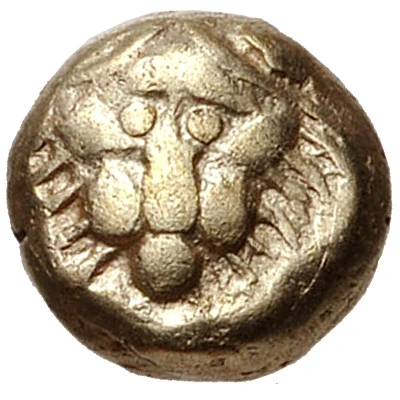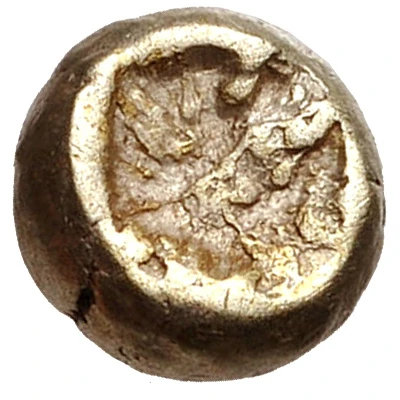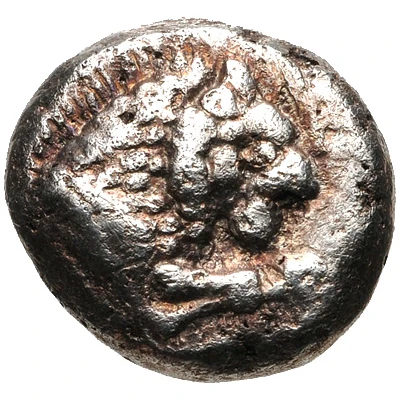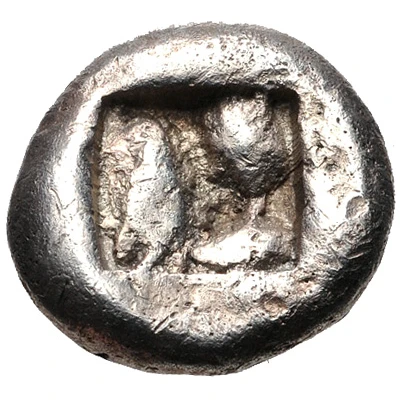


© Classical Numismatic Group, Inc.
Obol 600 BC - 500 BC
| Silver | 0.63 g | 8.0 mm |
| Issuer | Mylasa (Caria) |
|---|---|
| Type | Standard circulation coin |
| Years | 600 BC - 500 BC |
| Value | Obol (⅙) |
| Currency | Drachm |
| Composition | Silver |
| Weight | 0.63 g |
| Diameter | 8.0 mm |
| Shape | Round (irregular) |
| Technique | Hammered, Incuse |
| Demonetized | Yes |
| Updated | 2024-10-09 |
| Numista | N#150552 |
|---|---|
| Rarity index | 100% |
Reverse
Scorpion curled up within incuse punch
Comment
The attribution to Mylasa is based on the design of the reverese that contains a scorpion.Interesting fact
The Obol coin from Mylasa (Caria) was used as a form of currency in ancient Greece and its design has been found to be quite unique. The coin features a distinctive symbol on one side, known as the "Mylasa monogram," which is a combination of letters that represent the city's name. This monogram was used as a sort of "branding" for the city, and it can be found on many other coins from the same time period. This coin is a great example of how ancient civilizations used currency as a way to express their identity and showcase their artistic skills.



